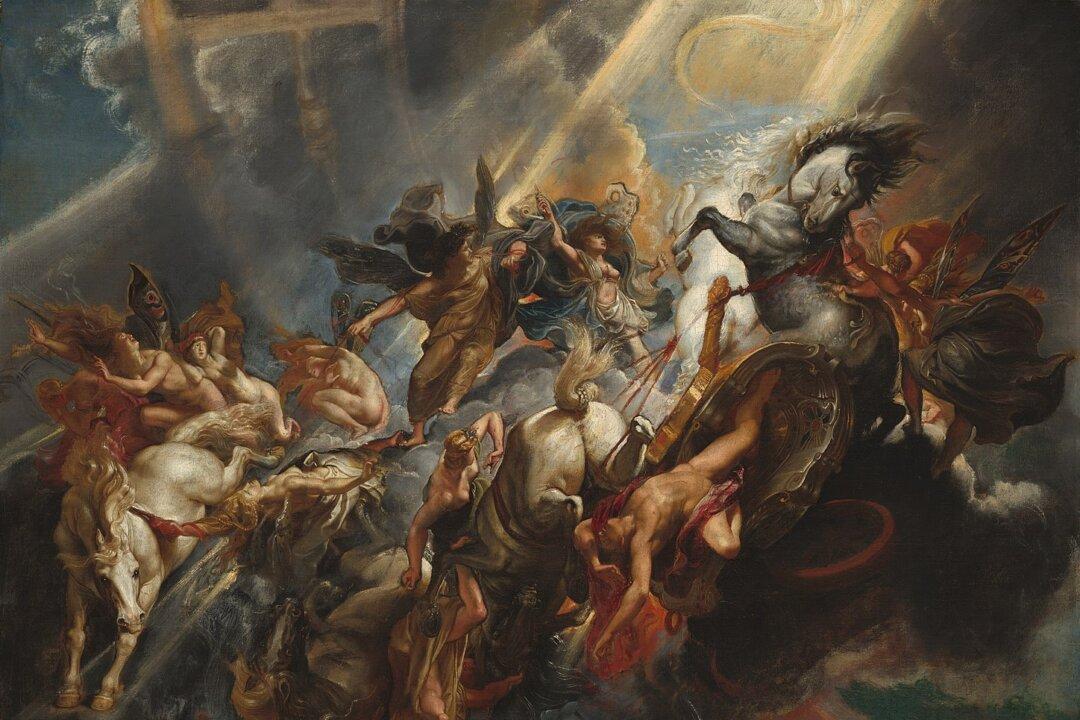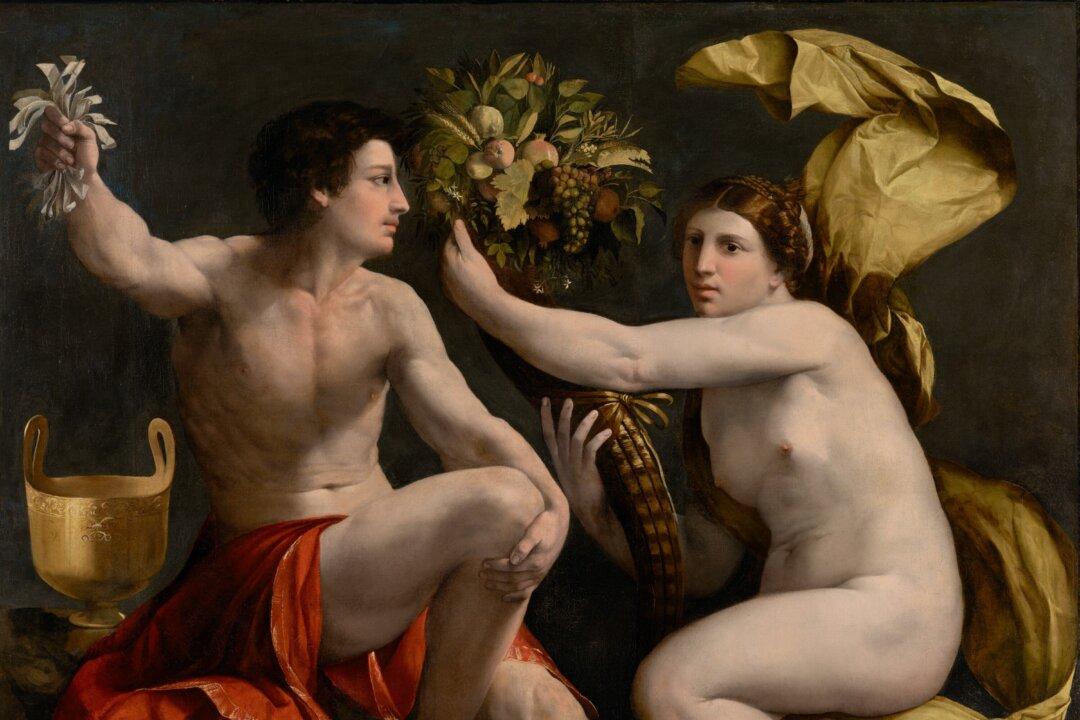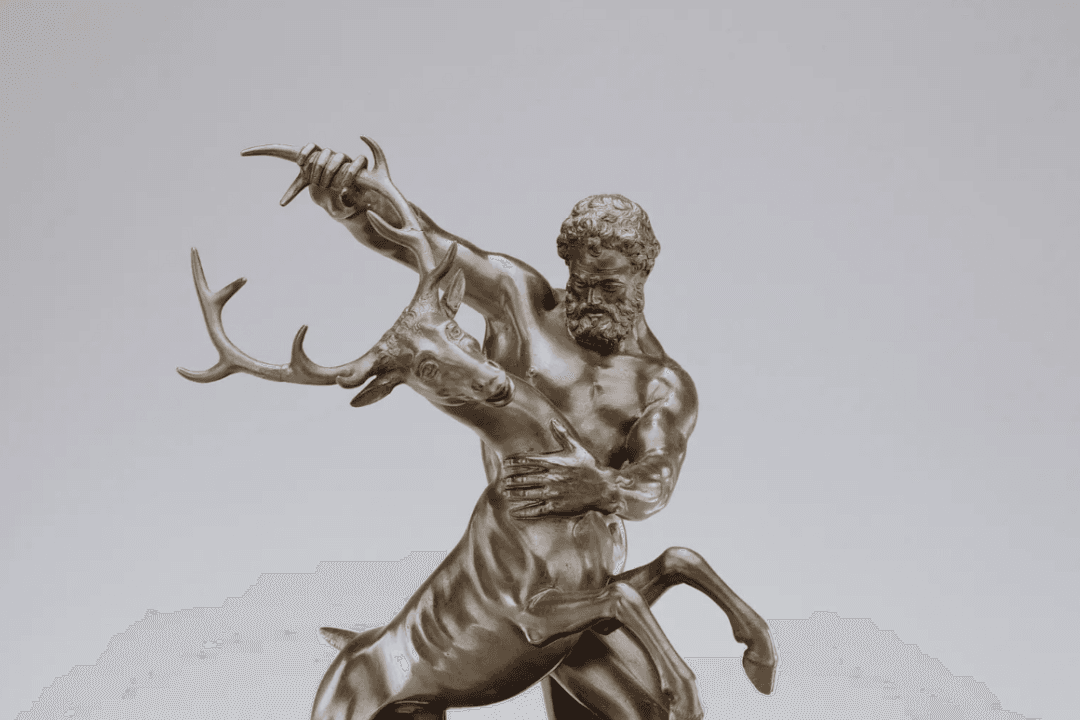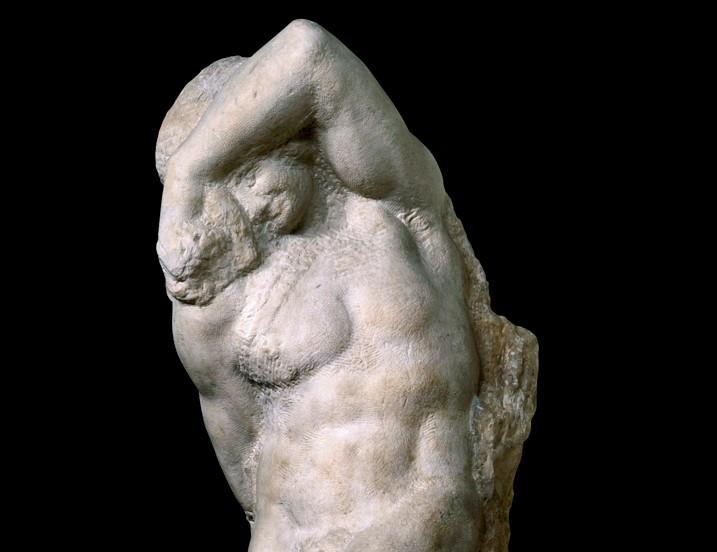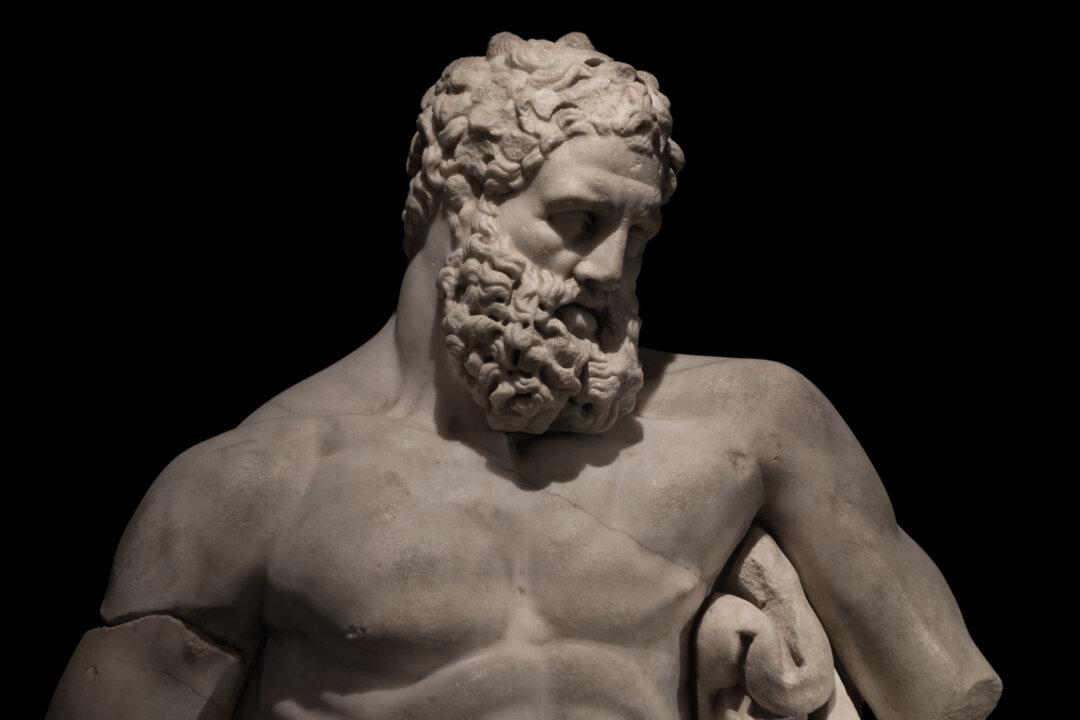In my social media feeds, I often see Picasso’s famous quotes: “Every child is an artist. The problem is how to remain an artist once we grow up,” or “It took me four years to paint like Raphael but a lifetime to paint like a child.” Is Picasso right? Is art that tries to embody a child’s mindset good for our culture?
Mythological tales have historically been intertwined with cultural teachings. Sharing myths was a way of continuing and strengthening the spiritual and moral aspects of a culture. In my pursuit to see if there were any images of myths that suggest the effect of a child’s perspective on culture, I came across this image by Flemish artist Peter Paul Rubens titled “The Fall of Phaeton.”

